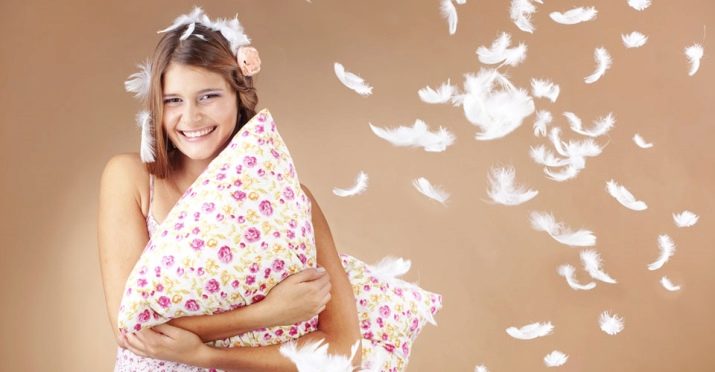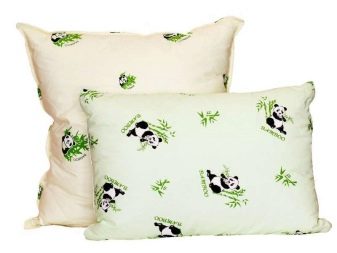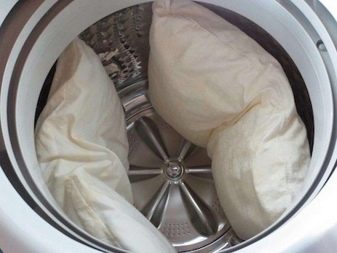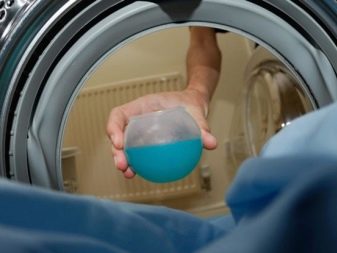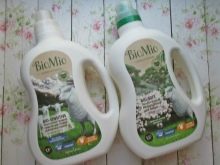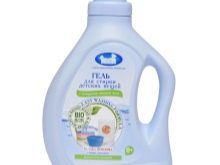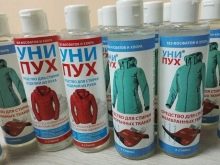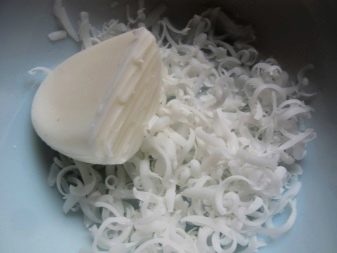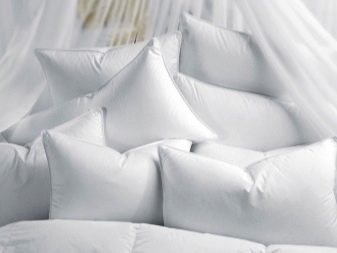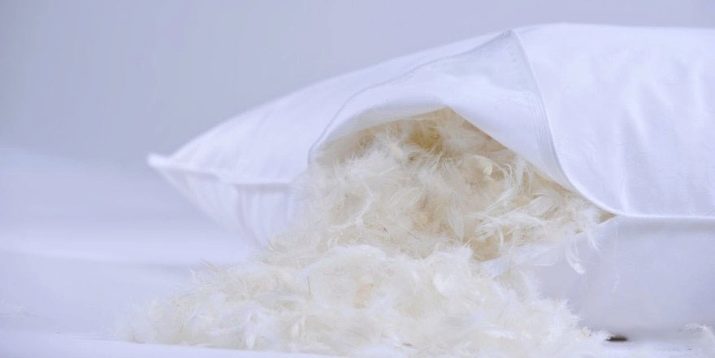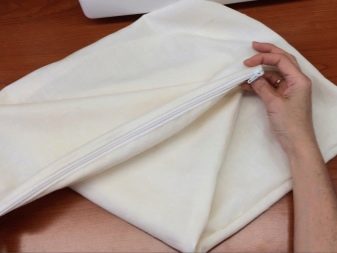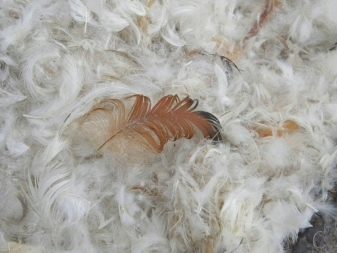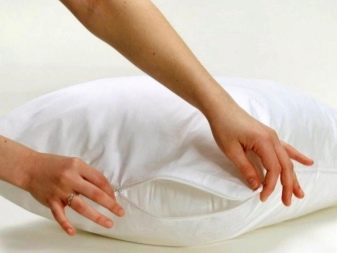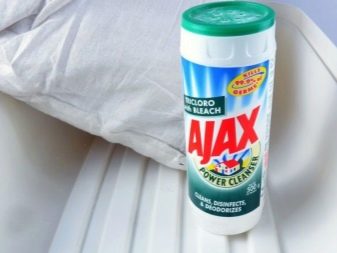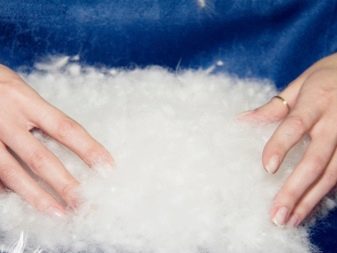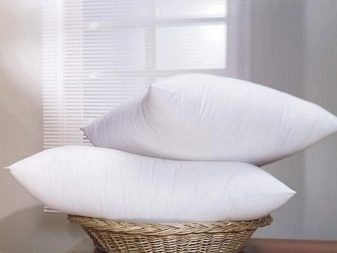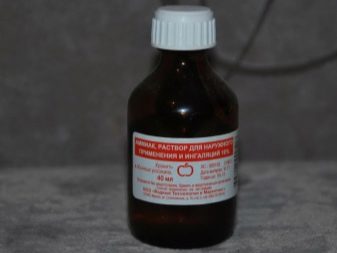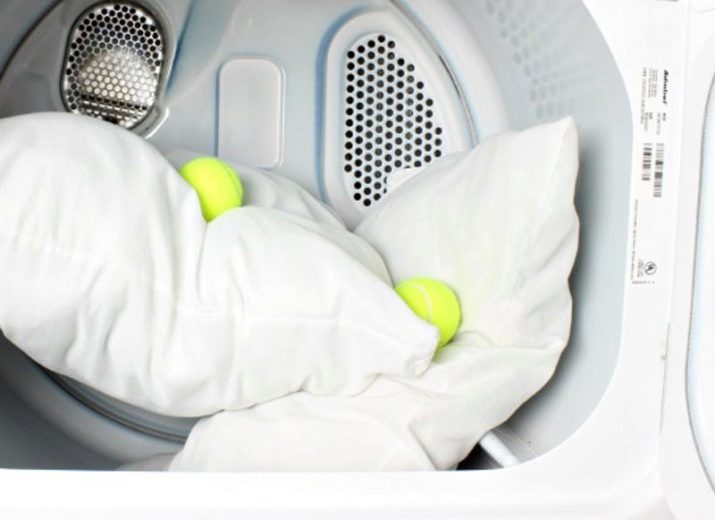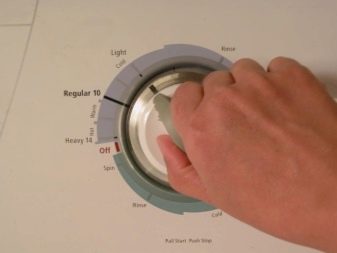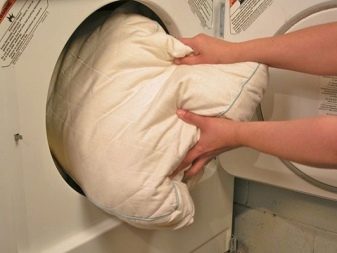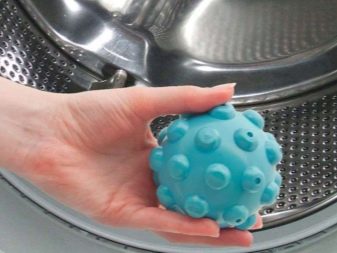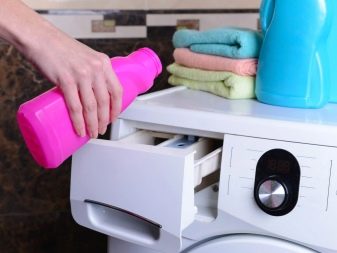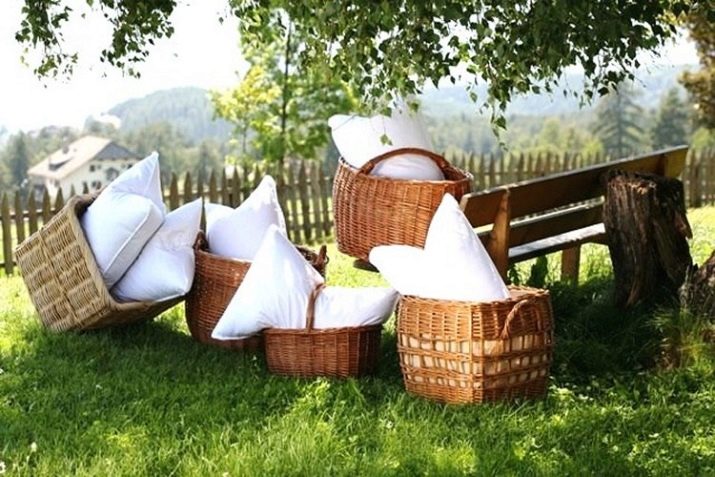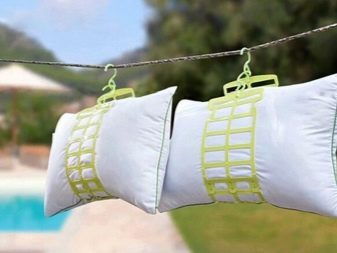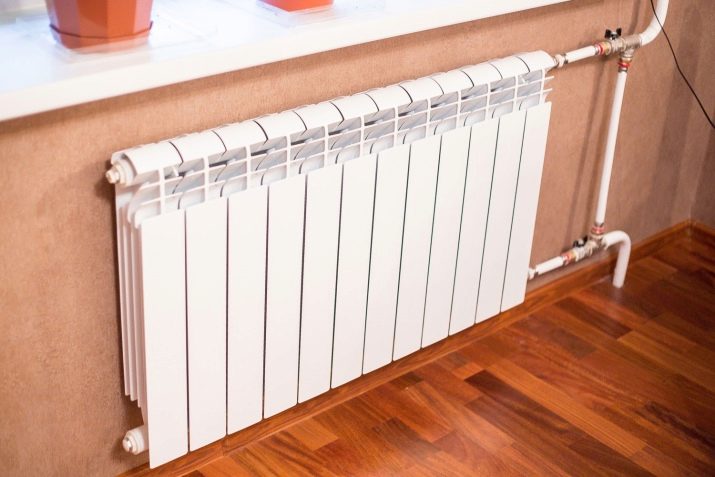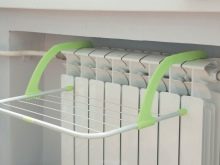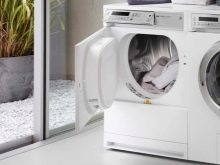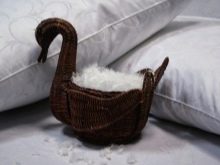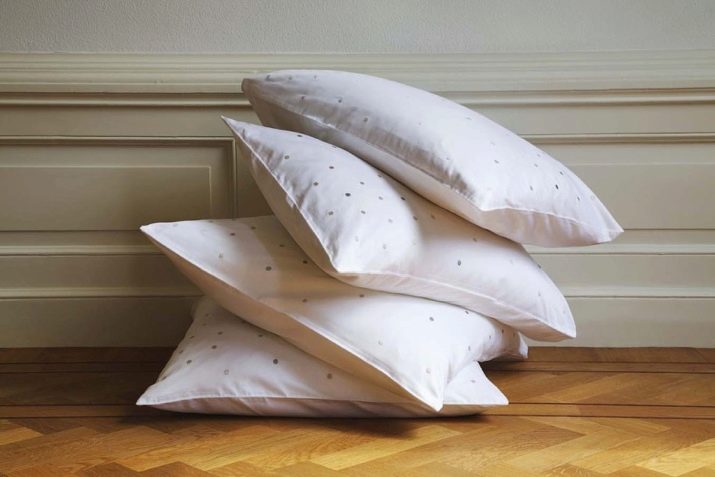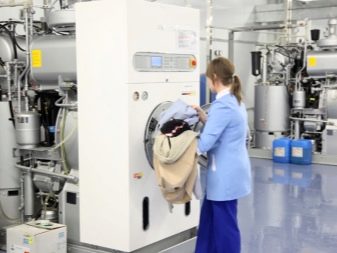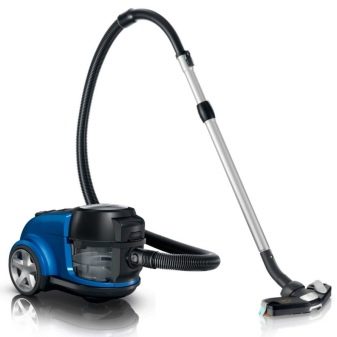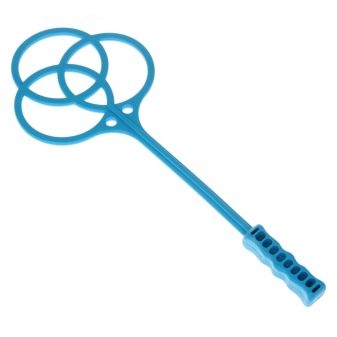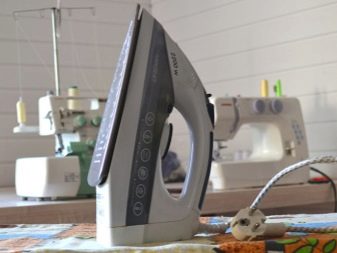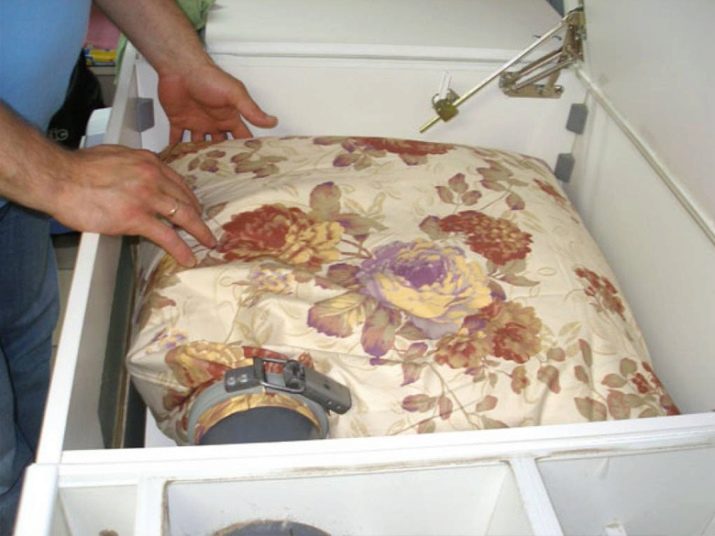Along with the use of synthetic fillers, pillows continue to traditionally fill birds with feathers. Waterfowl representatives of the avian world - swans, ducks, geese, and eider share this man with this magnificent heat-insulating and moisture-proof material. To increase the softness of sleeping accessories and reduce their weight, manufacturers use a down-feather combination.
Such pillows have a lot of practical advantages: hygroscopicity, breathability, dimensional stability and pleasant elasticity, which for many is a prerequisite for comfortable sleep.
But with all its virtues, Any feather product is a source of potential health hazard. The natural origin of down and feather makes them a breeding ground for microscopic mold fungi and parasites, in particular, house dust mite, which provokes undesirable reactions and exacerbation of symptoms of respiratory pathologies. Minimize the risk of such problems helps proper maintenance of bedding, which shows the annual cleaning.
We will talk about how to wash the down-feather pillow at home and what methods of treatment are guaranteed to return freshness to the products and help to maintain the original softness.
Facilities
Despite the huge range of household chemicals, not every detergent is suitable for cleaning feather and fluff pillows. So, from the use of washing powders, and even well-known brands, it is desirable to immediately refuse, because It is rather problematic to rinse out the powder granules from the down-feather filling.
The second negative point concerns the loose consistency of powdered products, which negatively affects the beneficial qualities of natural materials. But when there is nothing else at hand, the use of powder should be strictly metered, no more than 50 g per machine load.
For the care of fluff and feather fillers, biologically gentle means in the form of gels are recommended. They usually erase delicate fabrics and products from natural fiber. And this is exactly what you need for washing pillows of feather and fluff.
Which drugs deserve attention:
- Specialized concentrate "Unipukh." It contains no phosphates, aggressive bleaching agents and chlorine. It copes well with the removal of a variety of contaminants, while maintaining the integrity of the structure of the filler, lipid coating and breathable properties of pillows. Processing "Unipukhom" reduces the fragility of the pen and prevents the filling of the roll. They are well cleaned down jackets and down bedding.
- Delicate action BioMio - environmentally friendly and does not smell. Ideal for gentle and high-quality cleaning products from natural materials.
- Biogeli for washing baby clothes - high-quality products that, thanks to the gel formula, are rinsed out of the structure of natural fibers without any problems. They have hypoallergenic properties and easily cope with difficult stains.
The use of soap with a high content of alkali and fatty acids in the amount of at least 72% is not subject to doubt. Let us list the main advantages of the well-known means:
- It has an antibacterial effect, which is an additional advantage in the fight against dust mites.
- It has a completely eco-friendly composition without the slightest hint of synthetic additives.
- Hypoallergenic - eliminates the risk of developing or exacerbating allergies.
Method of application: the bar is ground by a grater and a working solution is prepared from the obtained chips. Minus: after washing things have to be thoroughly rinsed.
In addition to liquid detergent or soap, it is recommended to use a mixture of one or more aroma oils to neutralize the specific smell of bird feathers.
Ways
To properly wash the feather pillow at home, and this is done by machine and manual methods, it is important to correctly prepare for processing.
You should know that whatever method is used, only the filling should be cleaned. And since such products are not completely erased, covers will be needed where the filler will be placed in parts, in order to avoid its loss.
Printed cotton is suitable for sewing fabric cases, although you can use another loose cotton fabric. Gauze, by the way, is absolutely not a suitable option: a fragile single-layer material with sharp tips of feathers will quickly break through, and a two-layer gauze cover will instantly clog the fluff. In both cases, the amount of stuffing will decrease dramatically, which is unacceptable.
The width of the cases should coincide with the width of the sleeping accessory, while having twice the length. With bags of this size it is convenient to carry out any manipulations when washing, and drying the contents will take much less time.
As a case, you can use a couple of old pillowcases. The optimal solution for reusable washing - naperniki with zippers.
In order to prepare the down product for cleaning in any way, proceed as follows:
- First, the dust accumulated inside is removed using a beater for carpets (crackers).
- Carefully unzip the napernik from one edge.
- Being careful, they shift the stuffing into the cases. A damp cotton sheet will restrict the unimpeded spread of weightless fluff around the room when it is removed from a napernik. In addition, natural cotton fibers have antistatic properties, which also facilitates the work with light feathers.
- Thoroughly tied the cases, if not laziness, then fix the ripped edge with threads or fasten the zipper.
It is advisable to immediately clean the gutted pilgrim. Do not forget before washing to get rid of the remaining fluffs inside.
Handwash
The process of washing bedding by hand includes three procedures:
- prolonged soaking;
- washing itself;
- multiple rinsing.
Warm water is poured into a spacious tank or bath, the optimum temperature is from 30 to 40 ° C.
Hot water provokes the appearance of an unpleasant smell, from which it will be unrealistic to get rid of.
The two-hour soaking of the covers with the down-feather filling is enough for her to properly clean and even the deepest pollution began to go out. Washing can have some nuances, which directly depends on the degree of wear of the pillow.
New pillow cleaning
In the newly acquired pillows, the filling is quite fresh, so the feather weft reliably rests on the rods, that is, you can not worry about the safety of the filler in the process of wet processing.
Procedure:
- the product is soaked in any of the previously listed detergents;
- napernik free from feathers;
- the filling is placed in parts in a colander, rinsed and drained;
- sifting down a wet feather mass to remove any remaining mote;
- feathers are shifted back into the colander and repeat the rinsing procedure;
- Dilute a few drops of aroma oil in a tank of suitable size and dip feathers into it.
Thanks to this procedure, the filler will get a pleasant smell and will be disinfected once again. The best effect is provided by natural aroma oils of orange, pine, cypress. Synthetic fragrances can cause itchy skin or migraines. After the aroma bath, the feathers will remain dry, as will be discussed further.
Cleaning old pillows
Here it is necessary to proceed with caution in order to avoid damage to the repeatedly used packings. In this case, cleaning products and aroma oils are used in a similar way. To eliminate the inveterate smell of feathers and improve their condition when soaking in water, ammonia is added. In the absence of ammonia, you can use vinegar at the rate of 15 ml of essence per 5 liters of working soap solution.
In contrast to the new stuffing, the old one is neatly washed directly in cloth cases.
Washer
Bedding from the pen can be washed at home using a machine-gun. In order to improve the quality of washing, do not neglect the possibilities of special soft plastic balls for cleaning feather fillings. Their principle of operation is extremely simple: when the drum rattles the water and turns the contents along with the balls, they hit the products many times and “beat out” the deeply gripped dirt. Another useful feature of the balls - prevent the stalling of feathers by clumps.
An alternative to a plastic ball is a tennis ball, which will provide the same effect when washing feather packing.
General rules of machine wash include:
- The use of reliable covers of dense matter, capable of withstanding repeated rotations of the drum and water pressure. With a compact new accessory, there will be no problems, even if it is completely erased with a pad. While the strength of a worn napernik is doubtful, which means there is a high probability of its damage during the washing process, and this can lead to a malfunction of the automatic machine.
- Uniform load distribution inside the drum. Uneven loading at a bookmark of one case will provoke strong vibration. For this reason, you need to add a towel or a pair of pillowcases, then the balance will be restored.
- The right choice of washing mode: the creation of optimal conditions for machine wash involves the use of programs: "Delicate Wash", "Hand Wash", ideally - "Washing a duvet / down jacket." For any of these modes, the combination of a temperature of 30 ° C and a double intensive rinse during a spin at low power up to 400-500 rpm is typical.
The sequence of works when washing in the machine way:
- packing cases are placed in the drum;
- the encapsulated gel is added directly to the drum, and the concentrate is filled with a compartment specially designed for liquid products, after which the balls are added;
- at the end of the wash, the cases are removed and laid out on an even basis for drying.
How to dry?
To begin with, here are some practical recommendations of a general plan for drying down feather accessories for sleeping:
- When squeezing the feather mass it is necessary to remove moisture. Wet feathers are of interest for disease-causing beginnings and mold fungi. A product with a characteristic, unpleasant smell that has already emerged, which is already a clear sign of mold damage, will only get rid of.
- Wet cleaning of feather and feather accessories is desirable to carry out in the summer. In the heat of the product will dry at maximum speed. Therefore, drying will take only a day or two. The faster the moisture evaporates, the lower the probability of fungus development.
- A prerequisite for high-quality drying of fluff is a good circulation of air, therefore, packing cases are placed in sufficiently ventilated places.
Consider the three most common and most convenient ways of drying the down-feather filling.
Outdoors
Drying of the feather contents in the street can be carried out not only in the warm season, but also in the winter season. The advantage of summer drying - the ability to handle feathers with ultraviolet light - weapons of mass destruction of pathogenic viruses and bacteria. A similar effect can be achieved by “freezing” the filling in the winter, since the action of frosty air is just as destructive for all harmful microorganisms.
How to dry:
- filled covers with gentle movements squeeze out with a towel;
- then hands knead fallen clumps of feathers;
- hanging cases on the street.
If the filling is dried in summer, then it is periodically shaken, kneading manually. In winter, the covers are first brought into the heat, letting the frozen moisture to melt, and only then straighten the contents.
Battery
If it is too cold outside, then you can use heating radiators to dry the washed feather pad. In order to prevent down and feathers from drying, they are distributed into several cases, filling up to 50%, systematically whipping and kneading the lumps, not forgetting to turn the covers more often.
Using special tools
Nowadays, only a lazy person does not get a comfortable floor-mounted clothes dryer. Just this useful thing is useful for drying cases with stuffing of feather and fluff. To increase the rate of drying, it is placed in close proximity to radiators.
Another modern helper in everyday life is a tumble dryer. This is the perfect solution to the issue of drying washed bedding. According to the instructions, such a unit ensures their complete drying for four hours at a given temperature regime of 30 degrees. If you put a few balls in the dryer, then at the same time you get rid of lumps. Owners of automatic machines equipped with a dryer, too, should use the miracle balls, which will take care of uniformly beating the downy filling.
Whatever method is used, the final stage of pillow processing is filling the washed and ironed napernik with dried filler. Cut edge sew.
Care rules
With proper and timely maintenance, the feather pillow will last much longer.
What you need for this:
- Shake the pillows daily, so the pack will be less caked. It is advisable to do this in the morning, so that before the evening the product has time to restore its original shape.
- Ventilate bedding in the fresh air monthly. You already know about the beneficial effects of ultraviolet and frosty air. In addition, it is a great way to refresh a pillow, which will be a pleasure to sleep on. High humidity conditions in the apartment - a reason for more frequent drying.
- Prolonged storage of feather and feather pillows implies the use of dense fabric cases. Minus plastic bags - insufficient ventilation, because of which the product can "suffocate."
The simplest solution for those who do not want to wash the filler or simply do not have free time - dry cleaning services. By entrusting pillows to professionals, you will receive high-quality, cleaned, disinfected accessories in brand-new napernikami.
Once again we recall that the annual processing of natural filler is not only an integral component of quality care.
Maintaining clean pillows, as well as other bedding, you first of all take care of your health. And, as you know, you cannot buy it for any money.
Recommendations
Finally, here are some more tips on caring for feather pillows.
To reanimate the shriveled downy mass, use the following methods:
- Place the bags with stuck together stuffing in a bulk plastic bag.Well, if there is a special vacuum bag for storage. Take the vacuum cleaner and insert the hose into the package, after disconnecting the nozzle. Place the dock as tightly wrapped with tape. Then the entire air is pumped out, after which it is re-injected. The procedure is repeated a couple of times.
- The product is placed on a soft horizontal base and using a plastic cracker, systematically tapping it from the sides.
Appearance after washing of an unpleasant smell, dark spots and stains - a reason for repeated wet treatment.
Feathers and down of not only the numerous family of waterfowl birds, but also chickens can be used as stuffing. In contrast to duck, swan, goose feather, chicken feathers contact with water is contraindicated, as it provokes their deformation.
Therefore, such bedding shows only the methods of dry washing, namely, their:
- knock out with the help of crackers;
- Vacuuming using a nozzle that cleans upholstered furniture;
- roasted in direct sunlight. An alternative option is ironing, not including the steam function;
- with the onset of cold weather freeze in the street, placing on the balcony.
However, to achieve the most effective result is possible only through dry cleaning with the use of ultraviolet lamps in combination with air treatment. To this end, the filling is removed from the napernik, and then placed in a special apparatus for purging. Air flows qualitatively remove dust accumulations in the deep layers of the filler, and also contribute to the restoration of the volume of feathers. UV radiation will take care of the destruction of microorganisms.
How to wash feather pillow at home, see the following video.

